Table of contents
Who is the orixá Ayrá?
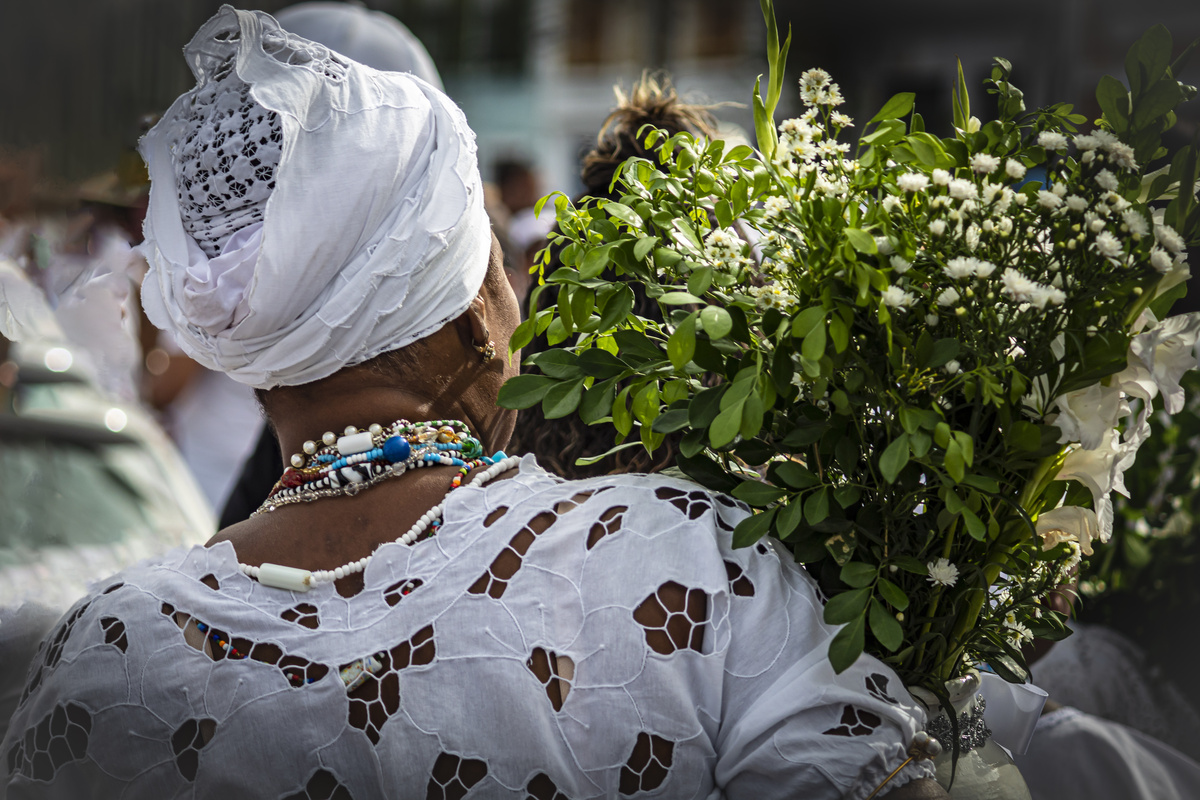
The Orixá Ayrá is an entity full of particularities, but among them, one that stands out is the fact that it has the ability to control the winds. Those who think that this Orixá is a quality of Xangô because of its proximity to this other powerful entity are mistaken.
What differentiates the two Orixás, despite their similar actions, are each one's characteristics. Xangô's way of acting is based on punitiveness, while Ayrá is considered benevolent and his main mission is to execute Oxalufã's will for peace.
Ayrá is one of the most ancient Orixás and has inhabited the Earth since the beginning of time. His path runs into that of Oxalá, because both are holders of the peace that will be found in the path of the other Orixás. Learn more about Ayrá in this article!
Knowing more about Ayrá
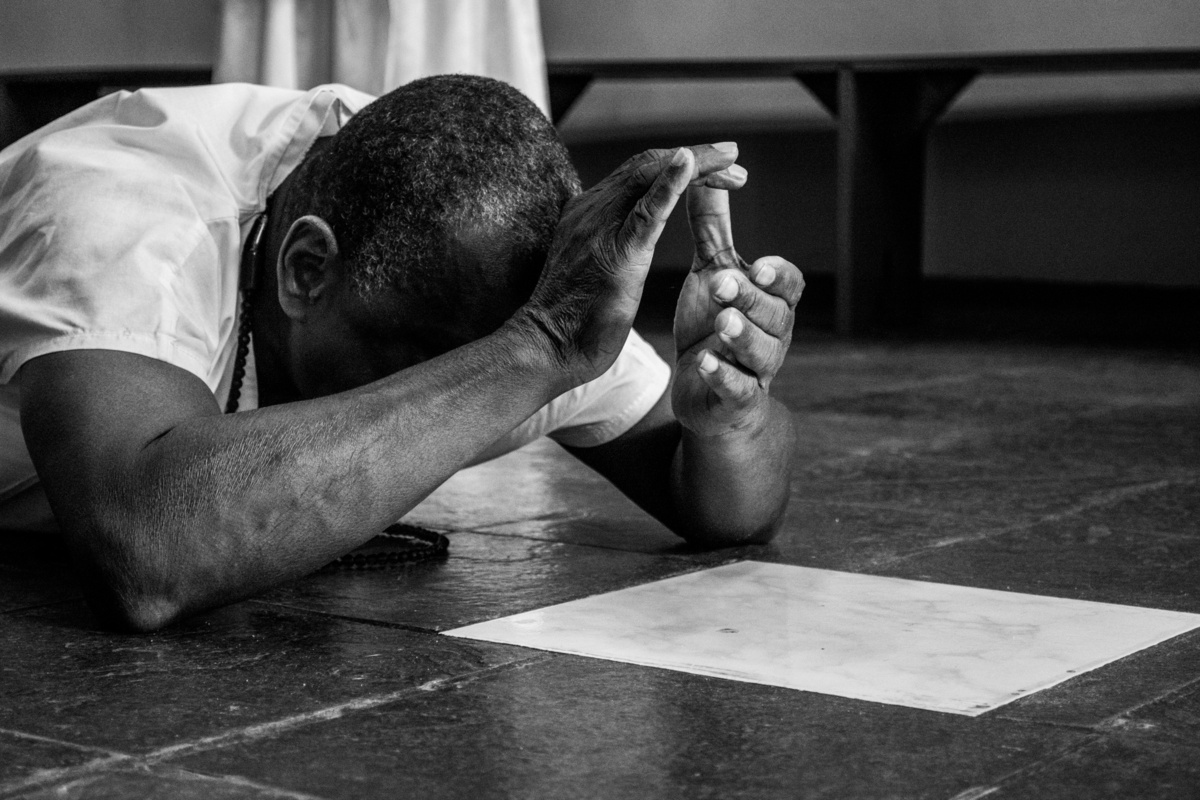
One of the main characteristics of Ayrá is that this Orixá executes the peace transmitted by Oxalá and establishes it for everyone's life, so that people's path is surrounded by peace.
The Orixás are known for having great energy, and their actions, as distinct as they may be, cause a natural balance between all the elements. Thus, it is through the Orixás that the right paths to follow in life are established.
Each Orixá has special characteristics that differentiate it from the others, as well as specific actions to bring balance to everyone. Ayrá, therefore, has the function of bringing peace and tranquility, so that people live their experiences in the best way possible. Read more below!
Origin and history
Around Ayrá, there is a myth that relates him directly to Xangô and Oxalá, since their stories cross. Oxalá was imprisoned by mistake in the territory of his son, Xangô, for 7 years, which made him sad and downcast. Seeing the Orixá's suffering, Xangô, after freeing him, decided to throw a big party to cheer him up.
Xangô needed to reorganize his kingdom after years of calamity, and so he could not accompany his father to Ifé because he was very weak, so he asked Ayrá to do it. The return trip was a tiring one, and Ayrá did everything he could to help Oxalá on the way. Thus, the two became great friends and, in time, created a father and son relationship.
Visual Features
The houses of worship refer to Ayrá as an Orixá who wears entirely white, because of his deep connection with Oxalá, according to the history of the two Orixas.
Ayrá does not wear a crown as part of his garments either. He wears an eketé, also white, just like his garments. In this way, he is always seen wearing white, no matter what Ayrá's qualities are, and always wearing his eketé on his head.
Relationship of Ayrá with other Orixás
Ayrá's deepest connection is with Oxalá, due to his history and for having helped this Orixá reach his destiny, when he was weak and without strength to continue.
Because of this, Ayrá also built a relationship with Xangô, son of Oxalá, who, according to the story, did not like at all the friendship built between his father and Ayrá. Many claim that he was jealous of his father considering Ayrá as a son. Ayrá's qualities, however, relate to other Orixás, such as Iemanjá, Oxaguiã and Iansã.
Beliefs and Ayrá
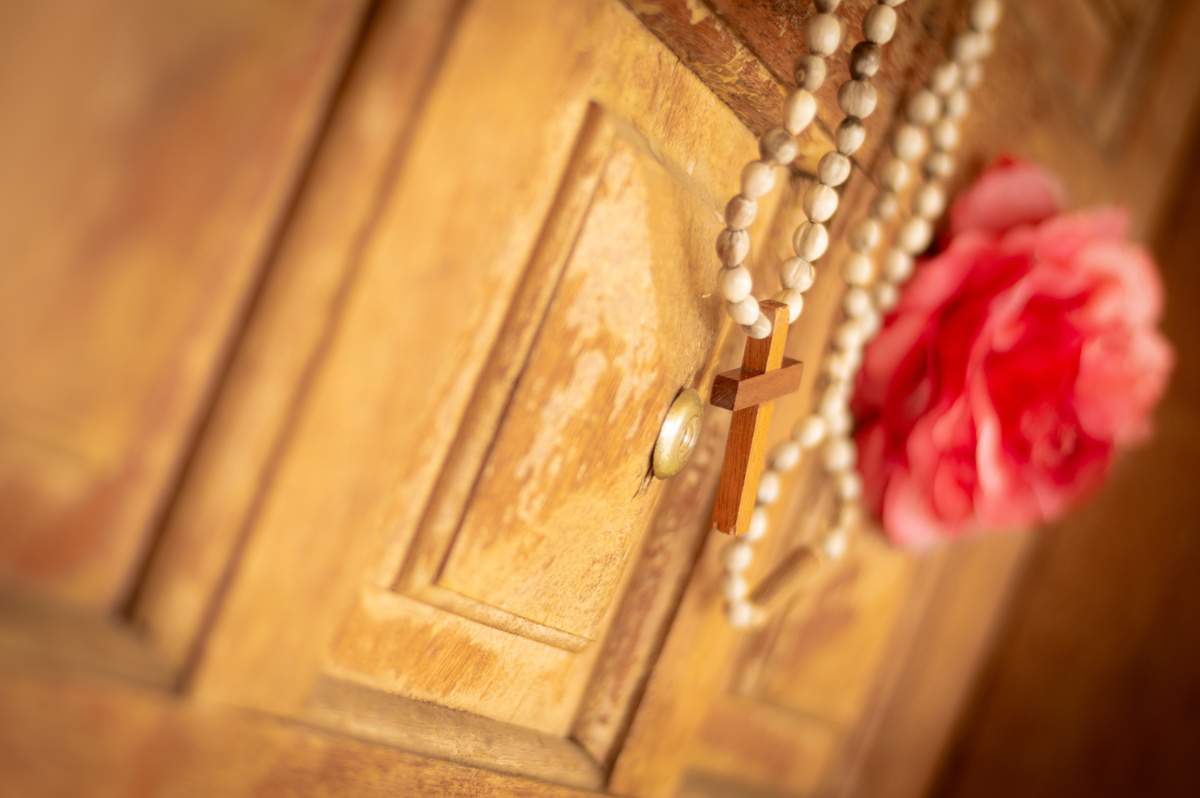
The Orixás are not only present in religions of African matrix, such as Umbanda and Candomblé, but can also be seen in different religions and cultures, such as, for example, the Catholic Church itself, through religious syncretism.
The way the Orixá is presented will differ in some aspects, according to the beliefs. For the Catholic Church, the images that are exalted and worshipped are the Saints. Thus, Ayrá appears in the image of a specific Saint of this religion, who represents his qualities.
Thus, it is necessary to understand that the Orixá has different representations and meanings, according to its qualities, characteristics and forms of action, because Ayrá preaches and executes peace in everyone's path. Learn how Ayrá is seen in various beliefs below!
Ayrá in Candomblé
In Candomblé, Ayrá is considered part of the lightning family, but is also related to the winds. In history, the cult of Ayrá precedes that of Xangô, although he was incorporated into the latter's family. Ayrá is seen as an old Orixá.
In addition, he is also considered an Ebora, thus an Orixà responsible for having populated the Earth, right after it was created. His cult is linked to a temple located in Savé, although there are not enough records that prove initiation in that land.
Ayrá in Umbanda
In Umbanda, Ayrá is seen as an Orixá present in the foundation of Xangô, according to his history and connection to this powerful Orixá. For many, he is considered a trusted servant of Xangô.
However, through the legend that tells the story of Ayrá, Xangô and Oxalá, he tried to create friction between father and son by helping Oxalá in a moment of difficulty. Seeing the opportunity for closeness, Ayrá tried to harm the father's view of the son. Because of this, Umbanda separates Ayrá and Xangô, and the settlement of this Orixá is done in Oxalá's house.
Ayrá in the Catholic Church
In the Catholic Church, Ayrá is associated with Saint John and this can be seen due to the tradition of the bonfire, which was created to relate the Saint to this Orixá. The custom of the bonfire was something created in Savé and that eventually dissipated, according to Ayrá's story.
Therefore, he can also be called by some as Ibonã, which means hot or feverish, a title that is also used by many other Orixás, such as Omolu. This, however, is only one of the titles of Ayrá, who can also be seen as Ayrá Osi, for example.
Ayrá in different cultures
Ayrá is also known in many other cultures, especially those that practice religions of African origin. Not by chance, one of its main origins and places where it started to be worshiped is Savé, Benin.
In African territories, however, there are no reports or records of people who are ruled or initiated by Ayrá. Therefore, in the places where Ayrá is worshiped, the predominant cult is actually that of Nanã or Obaluaiê. This is due to the fact that Savé, the place where Ayrá is initiated, is in Jeje territory, where these other Orixás are central.
Ayra's Qualities
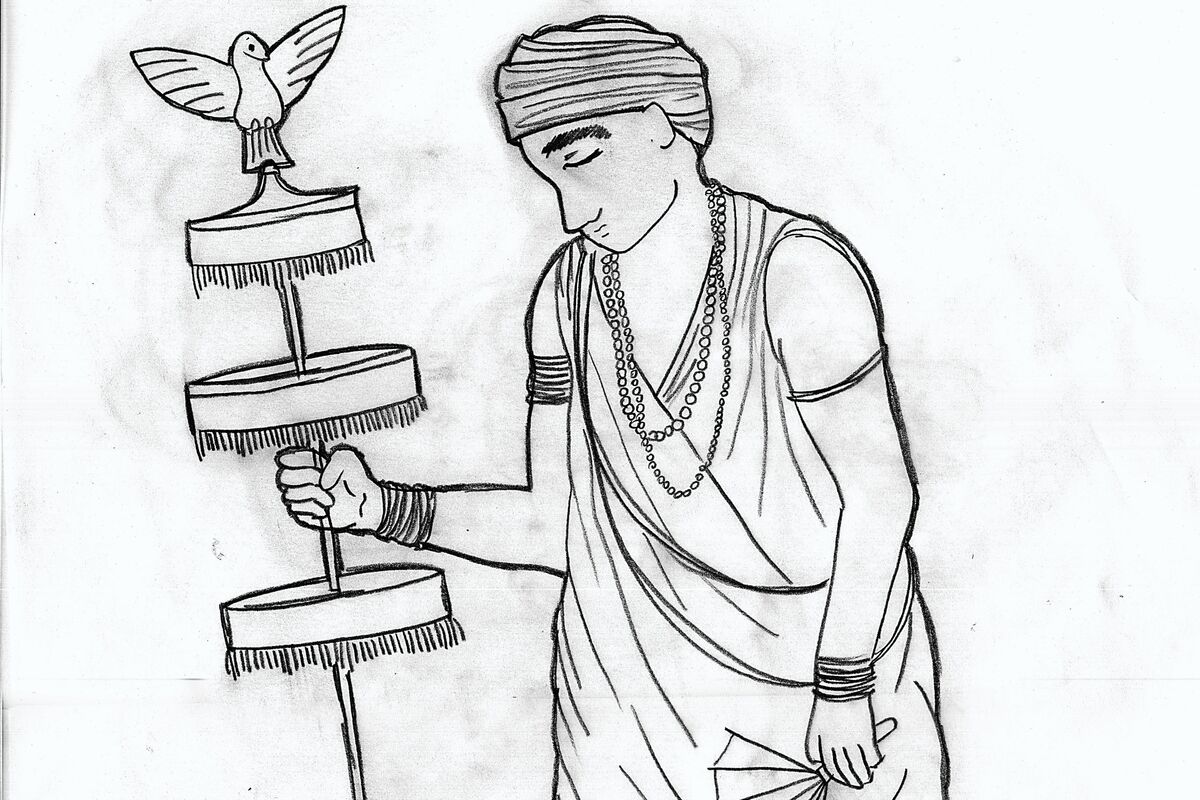
Ayrá can be found in many different forms, because he is related to different Orixás. These variations are called qualities and have special characteristics and names that define him due to this relationship. Therefore, it is possible to see Ayrá in many other forms and with close relationships with other Orixás besides Xangô and Oxalá, who are present in his history.
Through these qualities of Ayrá, some of the main characteristics of this powerful Orixá are reinforced, both physically and in his actions, since he associates with others who have qualities different from his main qualities. See more about Ayrá's qualities!
Ayrá Adjaosí
Ayrá Adjaosí is seen by the image of an elderly warrior, who, like the central image one has of this powerful Orixá, dresses only in white clothing, which has become his symbol for the religion.
This quality of Ayrá has a much deeper connection with Oxalá and Yemanjá. He can also be described as an old companion of Oxalá, who is always by the side of this Orixá and who shows himself faithful to him because of his deep history and eternal connections.
Ayrá Igbonan
Known as the father of fire, Ayrá Igbonan can also be interpreted as the owner of the fire. This classification is what gives the basis for Ayrá's syncretism with the Catholic Church, linking him directly to Saint John.
The custom of linking Ayrá with a bonfire comes from Savé, where it has a firm origin and history in the world, because it is considered the first place where it started to be worshiped. Its name comes from Ibonã, which means the word "hot".
Ayrá Intilè
Dressed all in white, Ayrá Intilè carries a Lufon on his back, named after the patriarchal Orixá of the old Candomblé, in which everyone dresses in white to worship him.
This representation has great strength, because it has a connection with Iansã, an Orixá known as Oiá, associated with the winds, just like Ayrá, and companion of Xangô, lord of the lightning and storms. Ayrá, who is also known for his winds, is associated with the family due to their historical connection, and this quality of the Orixá reinforces the closeness.
Ayrá Modé
Ayrá Modé is always dressed in white and is the companion of Oxaguiã, a young warrior known to be the son of Oxalufã. Legend indicates that he was born in Ifé, well before his father became king of the place.
The myth related to Ayrá Modé is that at the end of Sango's reign, Ayrá needed to leave Ilê Oyó and thus dressed as Osun to escape a search that had the objective of arresting him.
What Ayrá's children are like
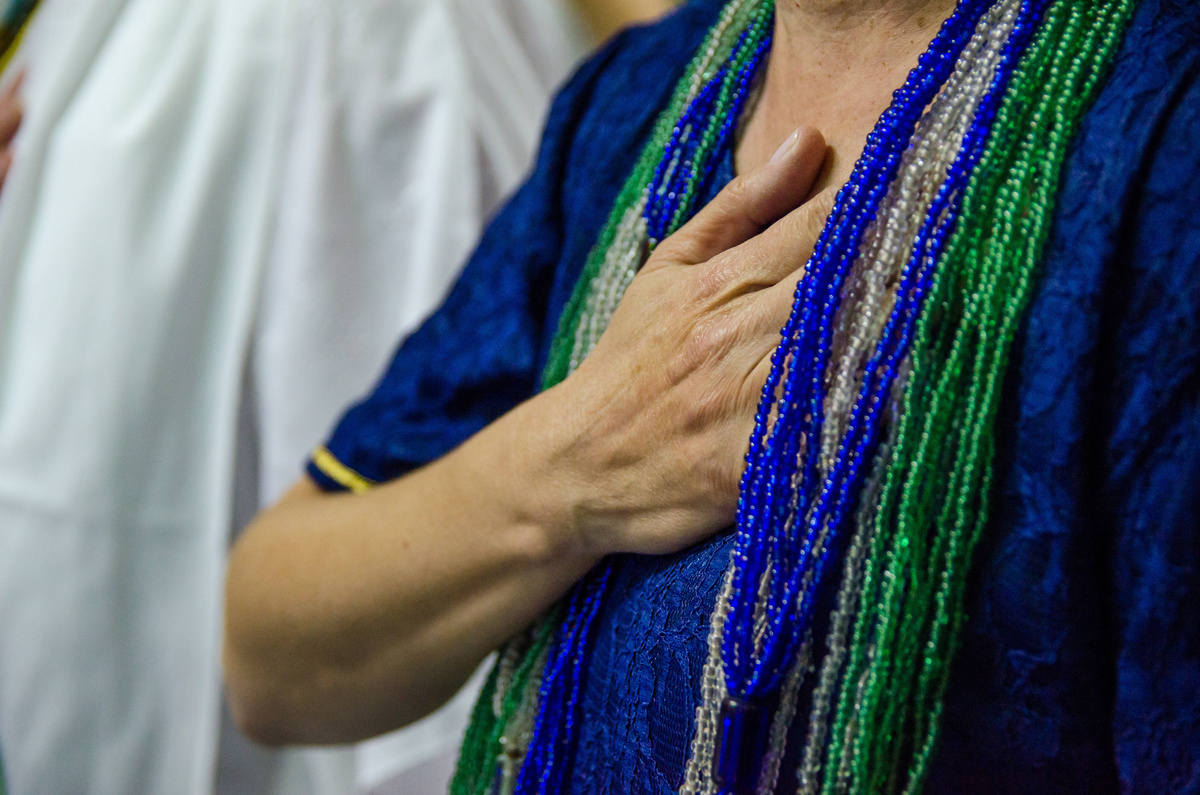
People who are directly influenced by an Orixá are considered its children. Therefore, they are associated with some of the characteristics of each ruling Orixá. Thus, the children of Ayrá will resemble its personality and qualities.
As this is an Orixá known for its wisdom and for its care in applying its actions, aiming at the search for peace, these people behave in a similar way to the Orixá and do not have assertive attitudes, nor can they be read as rebellious.
However, in Brazil, not many children of Ayrá can be found due to the history and cult of this Orixá, but the characteristics of the people who are directly influenced by him are very strong and can be noticed in their actions. To know more, read on below!
Wise people
The children of Ayrá have among their main and most outstanding characteristics their wise attitudes about the world. Due to this Orixá's way of acting, his influences are very positive for his children.
In general, they become people with great patience and who are willing not only to seek peace, but will also provide it to people who are troubled or who need advice to feel better.
Broad view of life
Ayrá influences his children to have a broader view of life and not to get stuck in the small things. As a result, these people are able to have a much greater organization of thoughts and visions, so that they can prepare themselves for anything.
The way of seeing the world for the children of Ayrá is differentiated, because their steps will all be based on the search for peace and quiet, which is something that this Orixá preaches and provides for humanity with his actions, which are far from punitive and rebellious.
They prevented situations
The way Ayra's children see the world is beneficial to the extent that they have a strong intuition that guides them, showing them what might happen in their lives. Therefore, Ayra's children are known to be people who have a very great potential to perceive and understand what is to come ahead, and are cautious about it.
This way of seeing what happens around them makes people who are influenced by Ayra more secure in their actions. They will have a much broader view of the situation, before it happens and causes something bad in their lives.
Affectionate
The children of Ayrá, like this Orixá, have a much calmer way of acting and show themselves to people as caring and attentive to the needs of others.
As much as this is a very firm and powerful Orixá, its actions are not violent or even ruled by any kind of explosion. Therefore, the children of Ayrá always act in a calm and careful way with the people around them, and are noticed for this unique way of acting with others.
Kind
Kindness is one of Ayrá's main characteristics. His history shows him acting all along his path as a kind and helpful person, just as he did with Oxalá, when the latter needed his help.
People who live with Ayra's children will certainly notice that their actions are guided by the goodness of their hearts. These people are very concerned about the common good and will hardly take bad actions that cause harm to individuals for their own pleasure.
Solidarity
The concern for the people around them makes the children of Ayrá sympathetic. The children of this Orixá, like him, are always willing to act to help people who need their assistance.
This kind of characteristic is very connected to the way Ayra acts, because he prepares a path of peace and tranquility for people's lives. Thus, Ayra's children act in the same way and are available to guide lost people through more positive paths that will lead them to a better life. This way of acting is the result of a unique intelligence and a broad vision of life and of theworld.
To relate to Ayrá
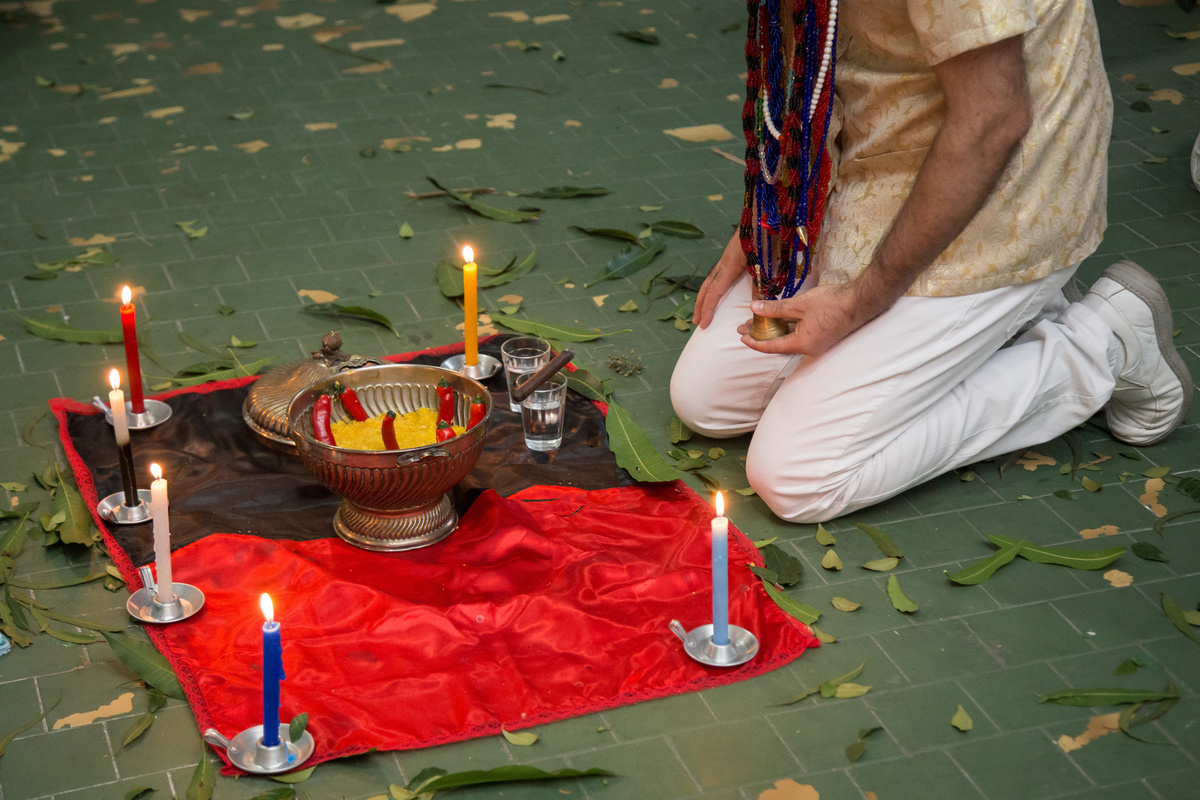
Ayrá's history is all intertwined with Xangô and Oxalá, because the Orixá was incorporated into the Pantheon of Fire due to their paths crossing. Despite this, his worship is totally independent from that of Xangô, contrary to what many people think.
Known for his winds, Ayrá is part of the lightning family and this denomination made him known for some symbols, colors, elements and other important points regarding the history and the performances of this Orixá.
So, to know Ayrá and its powers, it is necessary to understand a little more about its power through details about its worship and related symbolism. Read on to understand Ayrá, its elements and its symbols!
Ayrá Day
Ayrá's day is June 29th, due to his association with some Brazilian traditions and even due to religious syncretism. This Orixá is remembered through some events on this date.
For its commemoration in Brazil, people linked to religions such as Umbanda and Candomblé usually light a bonfire in order to pay homage to Ayrá due to his connection with it and also because of his Igbonan quality, which is known as Father of Fire, the one who dances on embers.
Colors and element of Ayrá
As with all Orixás, Ayrá has his specific colors and elements. Because of the peace he transmits on his path, the Orixá's main color is white, and this is how he is seen: dressed from head to toe in this color.
His fundamental elements are connected to air and water, but because of his strong connection to Xangô in Brazil, Ayrá can also be seen as a fire Orixá.
Symbol of Ayrá
Because of the elements of Ayrá, being associated with the winds, this Orixá has as his main symbol the whirlwind, even though he is known to belong to the lightning family and his connection with Xangô connects him to fire.
Other symbols, however, can be associated with Ayrá, such as his eketé and also a key, which is part of the Orixá's symbolism, in general. His connection with the whirlwind also comes from the fact that this Orixá's name can be translated in this way.
Herbs and Ayra leaves
In the religions of the African matrix, herbs are applied for preparations, baths, and others. Each Orixá has a connection with a type of plant and herb used in these processes. Thus, Ayrá has a very strong connection with the Aroeira, which can be used for cleansing baths and also for protection.
These baths are meant to cleanse the spirit of the people, removing any kind of negative energy around them. As Ayrá seeks peace, the balance between body and mind is important and can be brought about by these baths with mastic.
Ayra's Song - Oriki 1
It is common to have songs associated with the Orixás. For Ayrá, some of them highlight his positive energy, which brings peace, happiness and balance with his good winds. One of the known songs dedicated to this Orixá is the following:
"Ayrá ó lé lé, a ire ó lé lé (Ayrá is happy, he is over the house)
A ire ó lé lé, a ire ó lé lé (We are happy, he is over the house)".
Ayra's Song - Oriki 2
A second song associated with this Orixá and referring to its powers and its association with the winds, which can precede the rains, is the following:
"Áyrá ójó mó péré sé (Ayrá's rain just cleans and makes noise like a drum)
Á mó péré sé (She just cleans and makes noise like a drum)
Áyrá ojó mó peré sé (Ayrá's rain just cleans and makes noise like a drum)
Á mó peré sé (She just cleans and makes noise like a drum)"
Salutation to Ayrá
All Orixás have a unique greeting for moments of worship and exaltation that can be used, for example, in the terreiros, in moments dedicated especially to them.
In the case of Ayrá, his ceremonial greeting is: Ayrá Ponon Opukodê, which means "Thus, Ayrá will be very happy". Because he is an Orixá connected to goodness, compassion and peace, his ceremonial greeting demonstrates this way of acting, revealing someone who is happy for his children when they are well.
Prayer to Ayra
To thank and ask for help to the Orixás, as in other religions, some prayers dedicated to them can be said. Thus, the prayer to Ayrá is:
"Ayra daba kenken soro
Olu ami ma iman isele
Orisa ke me sebewa
Ayra Ayra ee
Ayra osi ba iyami ma saoro
Ayra Ayra
Omonile Ayra omonile
Ayra Ayra omonile
Ayra o oregede pá
Oregede
Ayrá a ebora pá
The eborá
Ayrá o aja unsi pá
Aja unsi"
Offering to Ayrá

To please the Orixás and also to thank them for their protection and care, in the Candomblé and Umbanda ceremonies and in several other cultures that worship the Orixás, besides being honored and receiving their songs and prayers, they also receive offerings.
The offerings to the Orixás are made taking into consideration their aspects, such as their colors, their elements, and their preferences. This includes the preferred foods of these Orixás, since each one is connected to some different type of food.
To worship and thank Ayrá for his protection and care, some offerings can be made in order to please the Orixá with something of your choice. Below we will talk a little more in detail about these offerings!
When to do it?
The offerings must be made according to the specific dates of the Orixás. They can be made on the day they are worshipped, as these are their specific days of the week and of the year.
But you have to keep in mind that this kind of practice is something very serious and that, if you don't have any kind of deeper knowledge of the religion, you should ask for guidance from a person connected to it. The Orixás have their own particularities and peculiarities, both in Umbanda and Candomblé, and these must be respected.
Ingredients
To prepare an offering for Ayrá, one must take into consideration the preferences of the Orixá. Food made for him must not be seasoned with salt, palm oil and pepper. The seasoning for food dedicated to Ayrá must be only African Ori lard.
In addition, in the offerings dedicated to Ayrá, a very appreciated food is okra, which must be prepared in the indicated way, without the spices in question. Ayrá's posture is due to the fact that he walks next to Oxalá, who does not accept these spices.
Directions
For the preparation of okra that will be dedicated to Ayrá, it is necessary to pay attention to the spices that should not be used.
Therefore, as this Orixá does not support dendê, okra must be fully prepared with sweet olive oil and not seasoned with salt and pepper, using only lard.
Ayra is the Orixá of the winds and peace-maker!
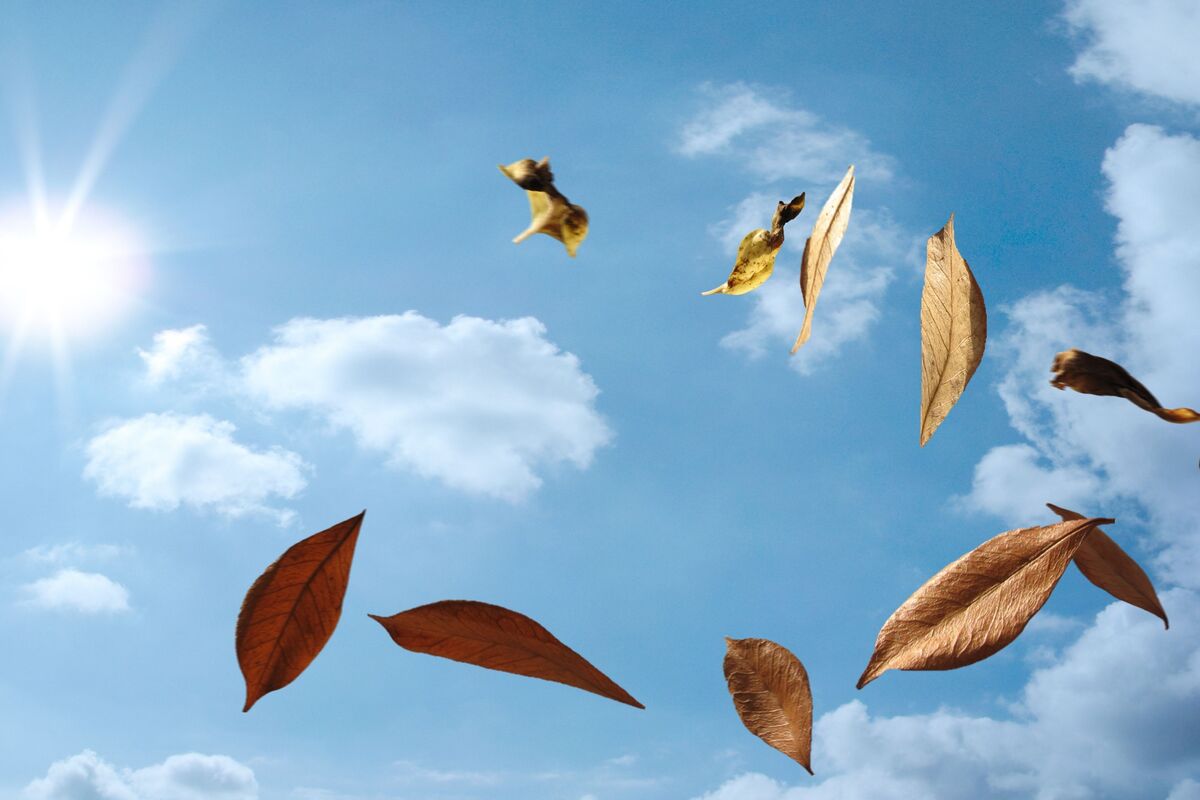
Ayrá is one of the kindest Orixás and is dedicated to transmitting peace to the people on his paths. As much as he is known for his winds, they will never be angry, but rather to bring a sense of tranquility to the people who need it for their journeys.
Therefore, Oxalá carries peace, but the one who transmits it to people is Ayrá, through his winds. Therefore, these two Orixás are associated and seen as holders of peace in the path of all the others.
With his unique energy, Ayrá benefits everyone and makes his children as kind and enlightened as he is. His representatives are always seeking to bring peace into people's lives and ensure that they find the best paths to follow on their journeys.

